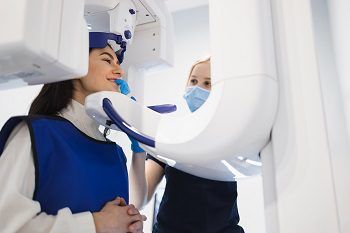Things you need to know about surgical orthodontics.
Surgical orthodontics is also called orthognathic surgery. It is an orthodontic procedure that corrects complex jaw defects. These defects include jawbone abnormalities, bad bites, and malocclusion. Surgical orthodontic specialists use the combination of braces with the surgery to straighten your jaw and align your teeth correctly.
Who needs surgical orthodontics?
Adults with incorrect bites or other cosmetic issues may benefit from surgical orthodontics. Jaw growth typically ceases at 16 in females and 18 in males. If you are a mature adult with a severe bite misalignment or aesthetic difficulties due to an atypical jawbone, you may be a candidate for orthognathic surgery.
Surgical orthodontic surgery is required when the jaws are not aligned and orthodontic treatment is ineffective. Orthognathic surgery will help to align the jaw and will restore the position of teeth by orthodontic braces.
How surgical orthodontics works?

Jaw surgery necessitates a significant amount of preparation. Before performing the surgery, your orthodontic specialist will take some information required to schedule your surgery. Here are some tests and procedures they could use to gather that information:
- X-rays.
- CT scans (computed tomography)
- Images of your teeth and jaw.
- Your surgeon will take impressions of your teeth to produce a dental model.
- They may also perform a dental scan on you.
An oral and maxillofacial surgeon performs Orthodontic surgery in hospitals and clinics. Depending on the circumstances, the surgery could last several hours. After the surgery, you will have around a two-week recuperation period.

After your jaw has recovered, your orthodontist will "fine-tune" your bite again. Your orthodontist will also provide you with braces to wear following surgery. In most cases, your orthodontics removes the braces within six to twelve months of surgery. Brace replaced to keep your beautiful smile in place with retainers.
Risks related to this procedure
Surgical orthodontics is a procedure performed in both hospitals and clinics. There are dangers, just as there are with any other form of surgery, but they are rare. The common risks include:
- Difficulty in opening your mouth as wide as you want.
- You could get scars
- Problems with jaw joint.
The oral surgeon will be able to prepare you for what will happen during the procedure and for any hazards too. The evident advantages outweigh the risks because you will significantly improve your facial shape and general dental health.
Conclusion
For many patients, the most crucial benefit of orthognathic surgery is the achievement of a beautiful, healthy smile that will last a lifetime. Whether you require orthodontic treatment to fix a faulty bite, malocclusion, or jaw abnormalities, the procedure can help restore your confidence and leave you smiling confidently for many years to come.
